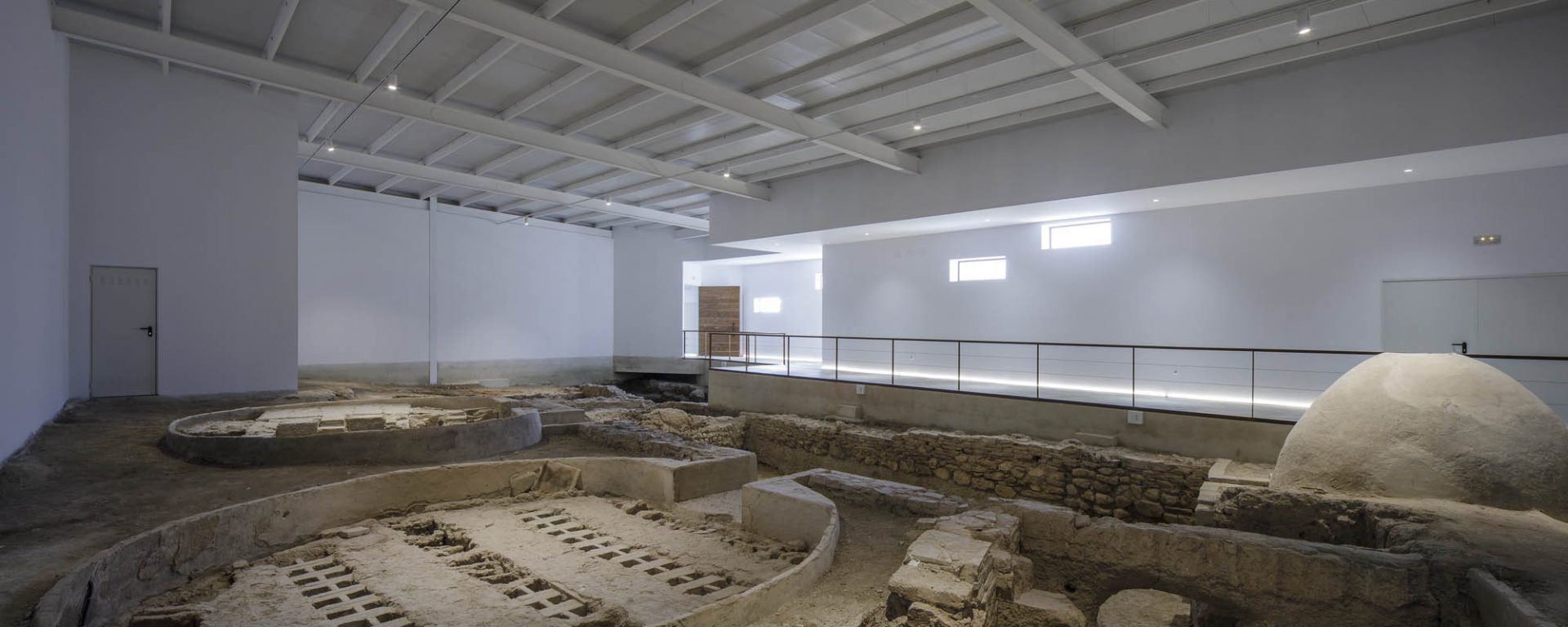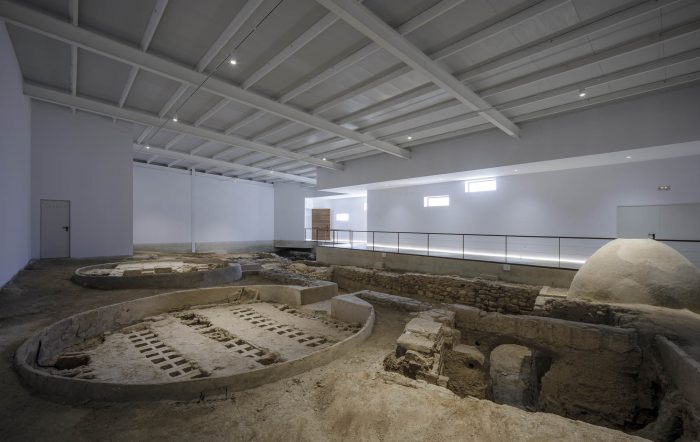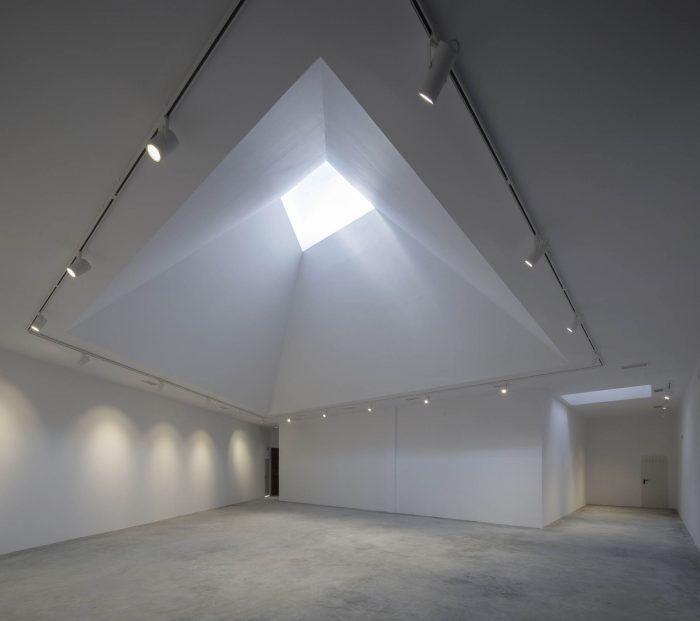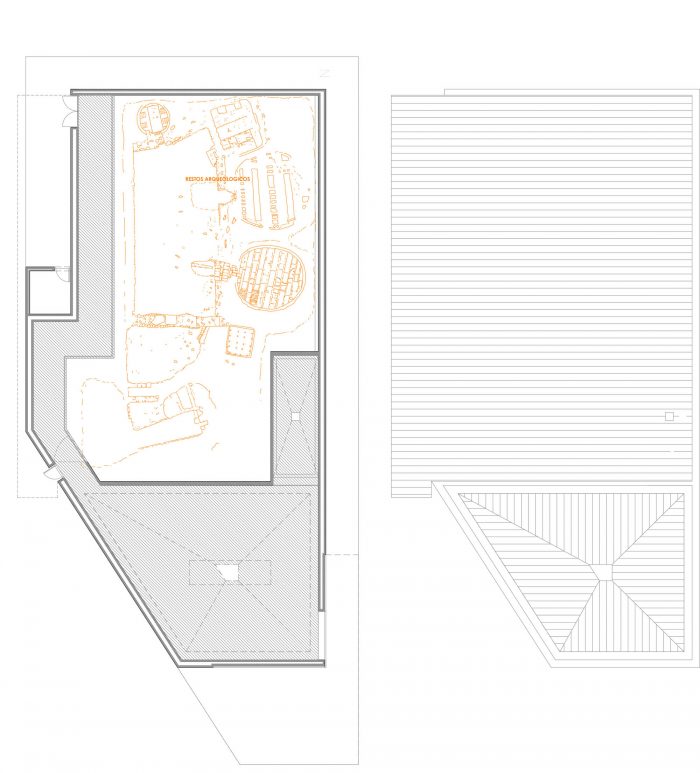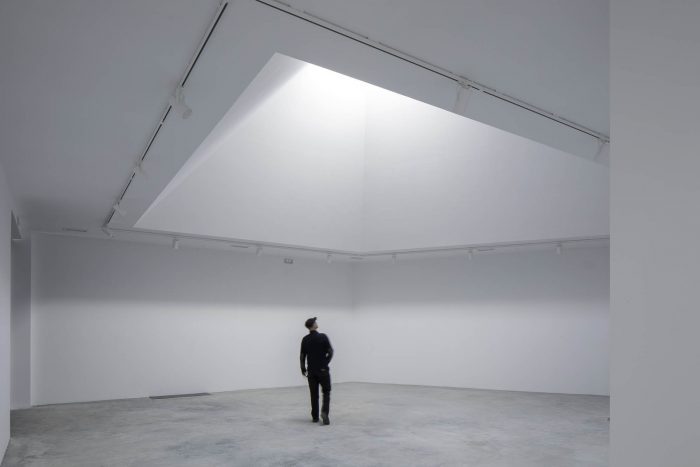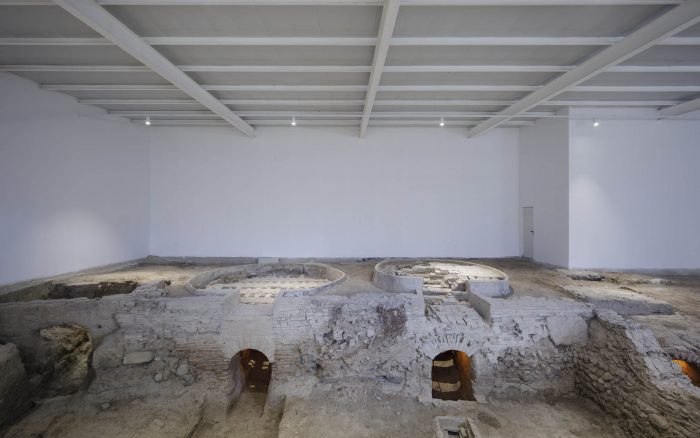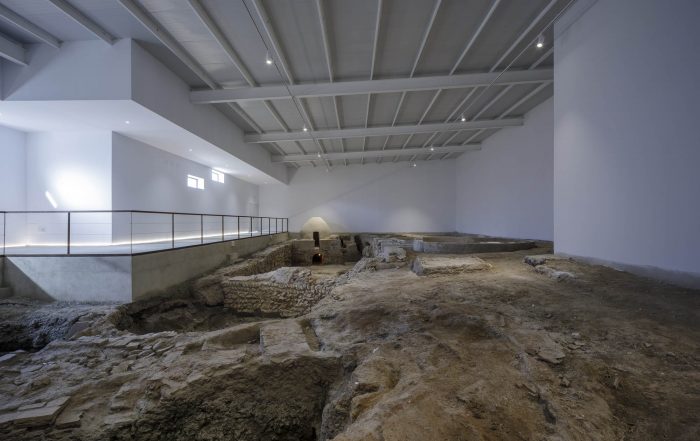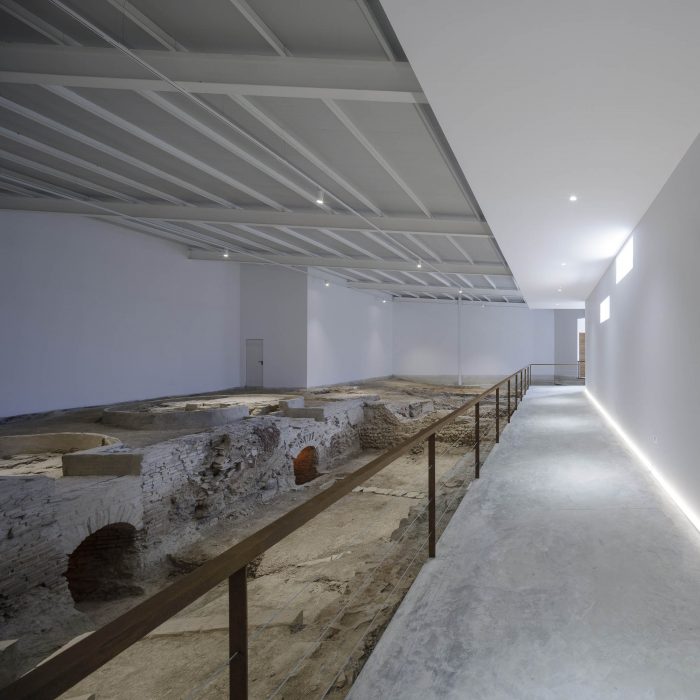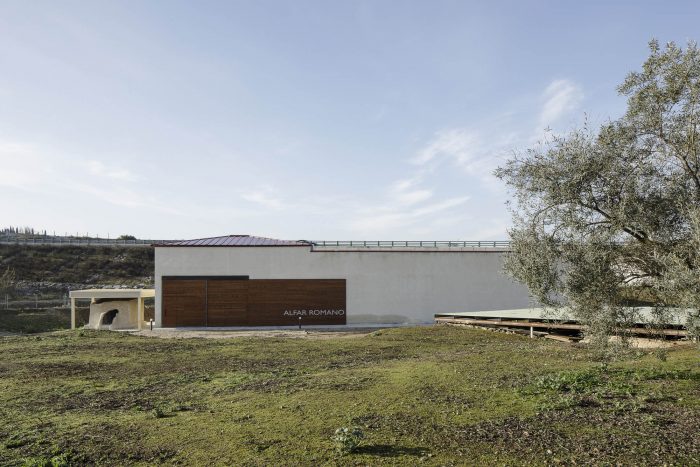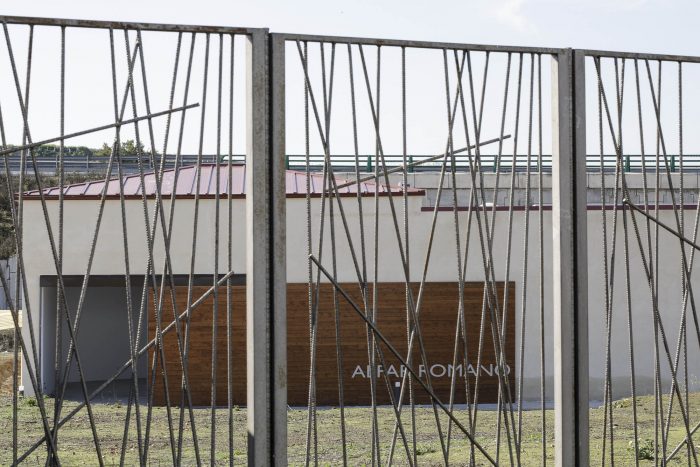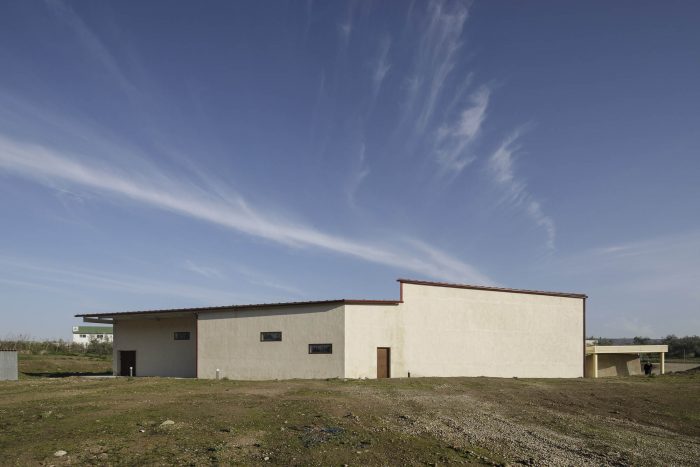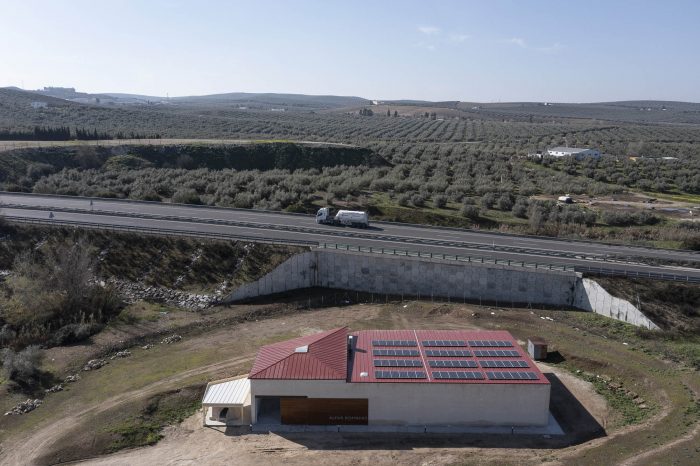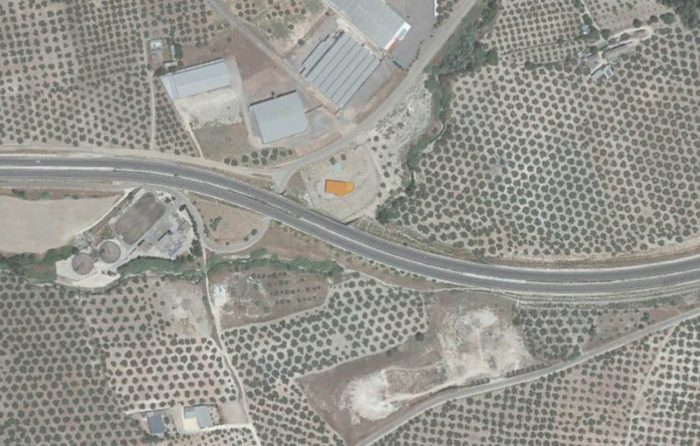Alfar de Los Tejares是我国罗马陶器工厂的最佳范例之一,这既是因为它的位置–紧邻一条永久性水渠和几个泥浆采石场–也因为它的规模和保存。
The Alfar de Los Tejares is one of the best examples of a Roman pottery factory in our country, both because of its location – next to a permanent water channel and several mud quarries – and because of its size and conservation.
这个考古建筑群在一个处理厂的挖掘工程中被发现并部分被破坏,呈现出两个时期的占领,第一个时期是公元1至2世纪之间的阿尔法尔,生产普通陶瓷和建筑材料;第二个时期是公元4世纪下半叶至5世纪的前几十年,可能是一个住宅区。
This archaeological complex discovered and partially destroyed during the excavation works of a treatment plant, presents two periods of occupation, the first, as alfar, between the 1st and 2nd centuries AD, with productions of common ceramics and construction material; and a second, between the second half of the 4th century and the first decades of the 5th century AD, possibly as a dwelling.
该飞地有七个大小不一的烤炉,一个烤炉的服务区,以及一个由仓库组成的第三部分,它将发挥预孵化器和仓库的功能。
The enclave has seven ovens of different sizes, a service area for the ovens, and a third sector, made up of a warehouse that would perform the functions of pre-hatchery and warehouse.
考古遗迹位于城市的郊区,紧邻市政府的处理厂,北面与N-340公路接壤,该地区主要是橄榄树和国家公路周围出现的工业。
遗迹被列入挖掘范围,降低了其所在地的地面水平。
The archaeological remains are located on the outskirts of the city, next to the municipality’s treatment plant, bordering the N-340 to the north, in an area dominated mainly by olive groves and industries that appear around the national highway.
The remains are included in the excavation, which lowers the ground level at its location.
卢塞纳的Alfar Romano Los Tejares展览中心是一个在一层发展的壳建筑,包裹着宝贵的现有遗迹。
有两个区域,一个初步的入口区,有两个天窗,下面的空间作为游客通往考古遗迹的路线。
The Alfar Romano Los Tejares Exhibition Center in Lucena is a shell building that develops on one floor, wrapping the valuable existing remains.
There are two areas, a preliminary entrance area with two skylights and space below as a visitor’s route to the archaeological remains.
在进入的第一部分,它将用于举办活动、展览、会议、演讲等。通过这个多功能空间后,连续参观周边的画廊,将遗址可视化,作为一个展览空间,在这里可以通过投影展示其历史信息。
In the first part of access, it will be used for holding events, exhibitions, conferences, presentations, etc. After passing through this multipurpose space, the continuous tour of a perimeter gallery, visualizing the site, serving as an exhibition space, where information about its history can be displayed through projections.
该建筑是一个考古学的容器,我们试图通过外墙饰面、石灰膏与玻璃纤维、色差和陶瓷概念,给人一种干旱的赤土外观的感觉,适应自然景观,并与该地区的工业建筑区分开来。
The building is a container of archeology, we have tried to give a sensation of arid terracotta appearance with the facade finish, lime plaster with fiberglass, chromatic and ceramic concept, adapting to the natural landscape and differentiating itself from the industrial buildings in the area.
Architects: Antonio Raso, Carlos García, César Egea
Area: 6458 ft²
Year: 2021
Photographs: Fernando Alda
Design Team:Francisco J. Pérez, aparejador
General Constructor:HTORRES CYS 2004 SL
City:Lucena
Country:Spain

